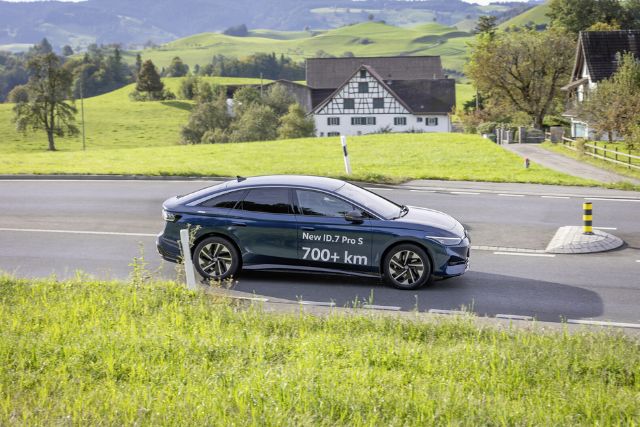Jaguar has teased its upcoming EV concept, set to debut on December 2, with an image that leaves car enthusiasts scratching their heads. The teaser shows what’s believed to be the rear of the vehicle, but with no rear window and no visible taillights, the design is anything but traditional. Instead, there’s a sleek panel where you’d expect a rear window, possibly hinting at a retractable feature or a futuristic hatch mechanism.
Adding to the intrigue is what looks like a grille in the lower corner of the image, though its purpose is anyone’s guess. The teaser doesn’t just challenge expectations—it obliterates them, signaling a bold direction for Jaguar as it prepares for its electric future.
This mysterious concept isn’t just an exercise in creativity; it will pave the way for Jaguar’s first fully electric production car under its new EV-focused strategy. The production model, rumored to debut in 2025 and go on sale in 2026, aims to rival the likes of the Porsche Taycan. Spy shots of camouflaged prototypes reveal Taycan-like proportions, with a wide stance, long hood, and a fastback roofline. It’s an aesthetic that combines performance with futuristic elegance.
Why No Rear Window?
Jaguar’s decision to forego a rear window raises questions about functionality. Could this mean the concept relies on rear-facing cameras for visibility, potentially hidden beneath the panel? The lack of taillights in the teaser also sparks speculation about integrated or unconventional lighting systems.
Additionally, the teaser aligns with CEO Adrian Mardell’s comments about Jaguar’s ambitious EV transformation. The brand’s focus appears to extend beyond performance to encompass bold, unconventional design, signaling its determination to stand out in a crowded EV market.
The world will get answers soon, as the concept goes live in Miami on December 2. Whether Jaguar’s design choices are revolutionary or polarizing, one thing’s clear: this isn’t just a car; it’s a statement. Let the speculation continue as we edge closer to seeing the brand’s daring leap into its electric future.



